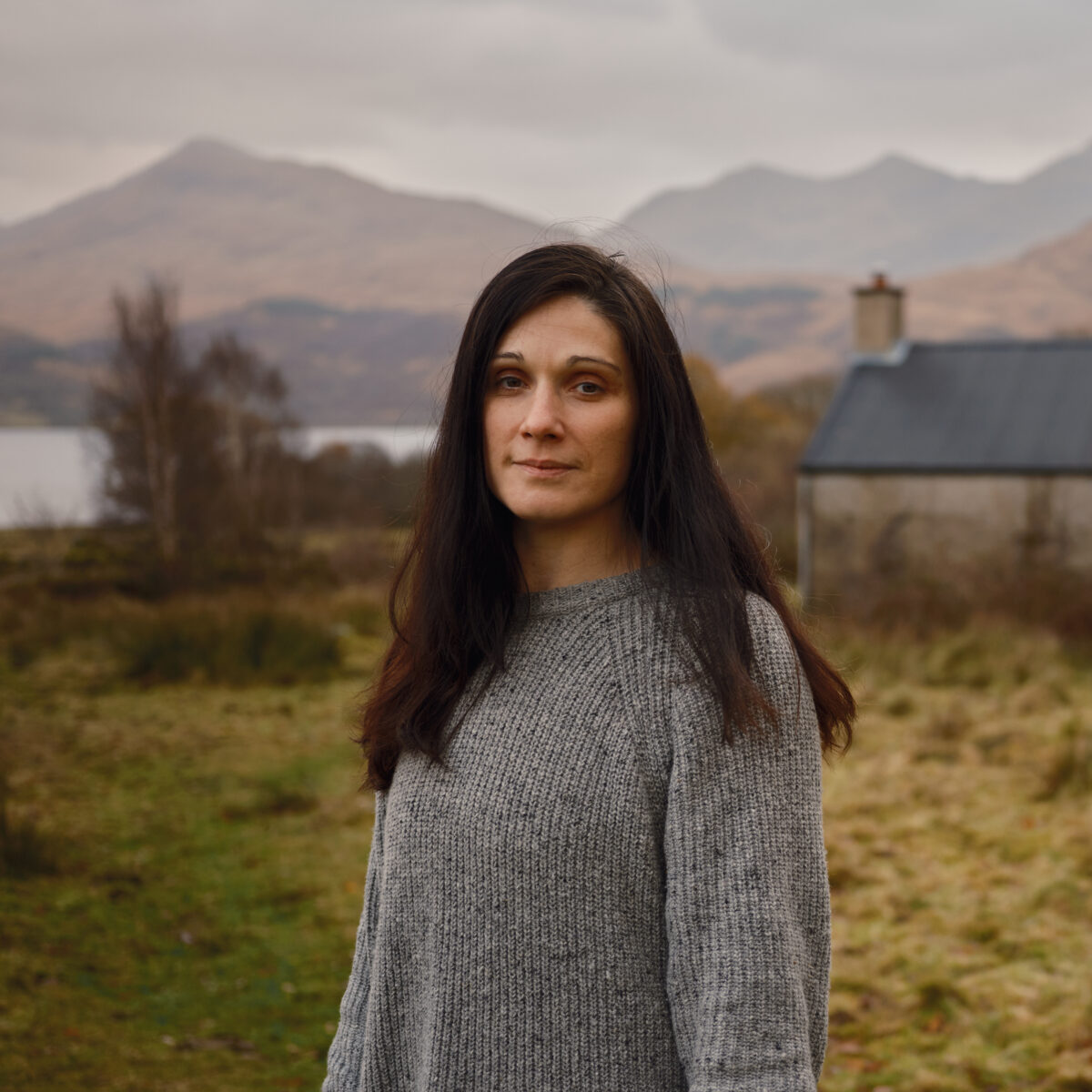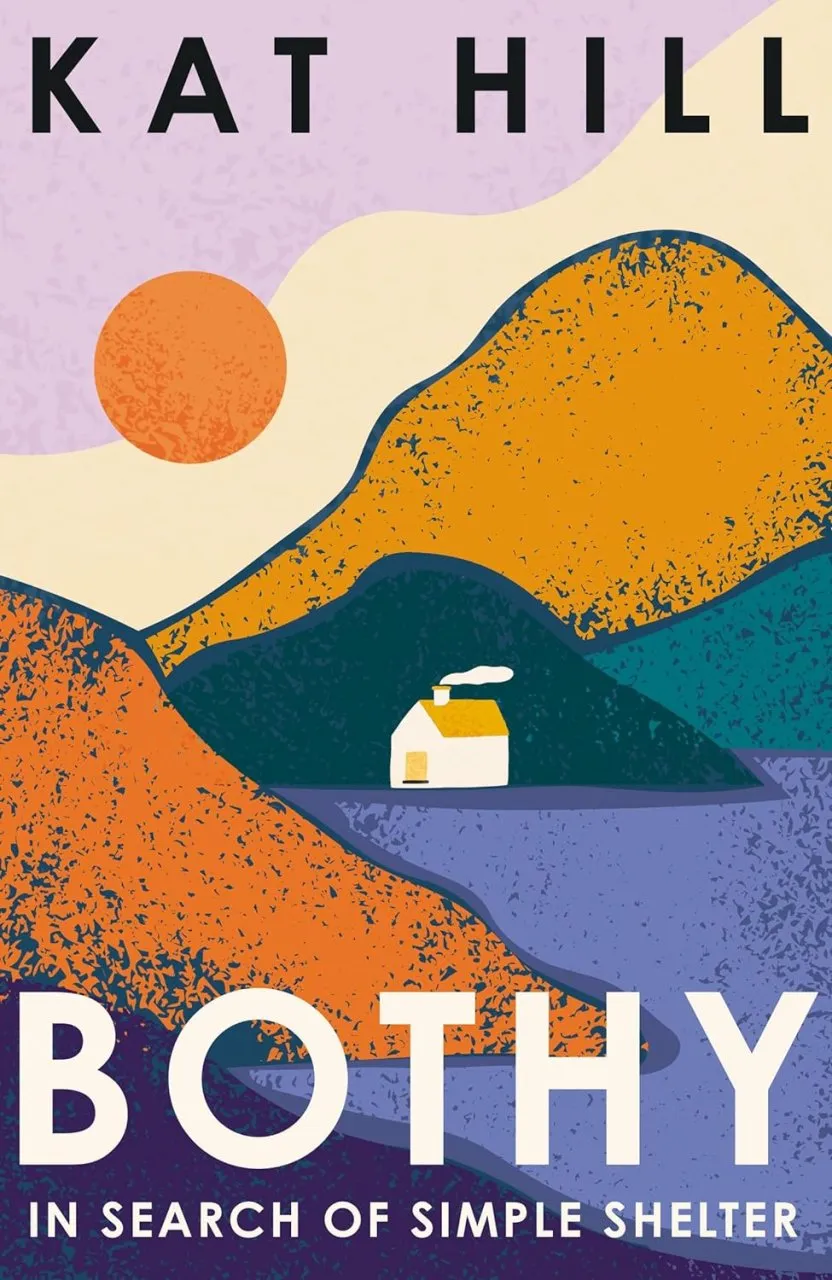 Join author Kat Hill on a journey across England, Scotland and Wales to explore 15 remote bothies, and uncover the beauty, history and stories of these wild shelters. In this stirring book of adventure, peace, wilderness and refuge, she intertwines her own story of heartbreak and new purpose, while taking into consideration the environment, what we owe to it, and why we all crave escapes into the remote.
Join author Kat Hill on a journey across England, Scotland and Wales to explore 15 remote bothies, and uncover the beauty, history and stories of these wild shelters. In this stirring book of adventure, peace, wilderness and refuge, she intertwines her own story of heartbreak and new purpose, while taking into consideration the environment, what we owe to it, and why we all crave escapes into the remote.
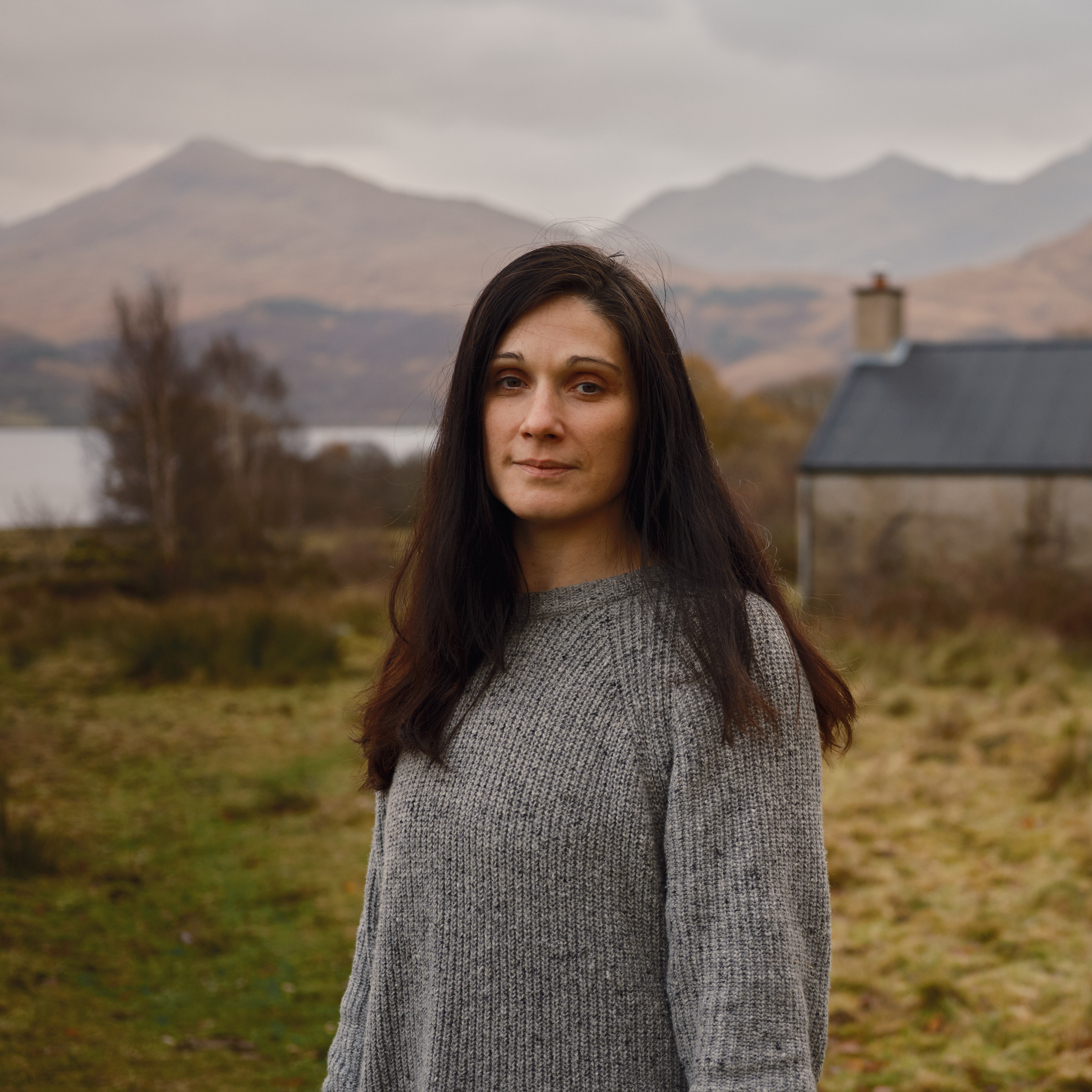
Kat Hill is a Senior Lecturer in History at Birkbeck College, London, and her current research project is focusing on questions of landscape, people, and heritage in the bothies of the Scottish Highlands, as well as non-conformist religious communities in Europe, America and the Global South. She holds a PhD from the University of Oxford in 2011, where she also received a British Academy Postdoctoral Award, and she authored the prize-winning book, Baptism, Brotherhood, and Belief: Anabaptism and Lutheranism, 1525-1585.
We recently chatted with Kat about what inspired her to write this book, how technology is changing the bothying experience, what she thinks the future holds for bothies and more.
Firstly, could you tell us a little bit about yourself and how you came to write a book about bothies?
I’m a writer and researcher living on the northern tip of the Isle of Skye. If I am not reading or thinking up project ideas, I am either out in the hills or beavering away at my other role, working with local communities for Highlands Rewilding. In my past life I was an academic historian (as well as an international Brazilian Jiu Jitsu competitor), but last year I took voluntary redundancy from academia to pursue my writing and creative practice more fully, as well as aiming to do something good for the world in an age of climate crisis and environmental breakdown. That need, to work on something to do with the living world, was part of the inspiration for writing Bothy. I’d grown weary of academic life, and London in particular, my personal life was a mess, and I felt disconnected and unsettled. And then I got invited to a bothy, Cadderlie to be precise, on the edge of Loch Etive.
When I first went to Cadderlie, I never intended to write a book about bothies. But I loved the whole experience, and the more I found out about them, the more drawn I was to these shelters. They embodied so many things I was interested in – landscape, our connection to place, environmental histories, material histories of people and the living world, and just generally being active and outside. Finally, the plans I had for quite some time to change direction and escape the life I was living came to fruition. Especially with that weird caesura that Covid provided, I had space to make notes and think, and in that time, I found the ability to write in a way I had not thought possible. I did an MA in Environmental Humanities alongside my job, kept chipping away at the work and was lucky enough to find an amazing agent. This book is not a memoir per se, though there’s quite a bit of my life in it, but I would say it’s a personal response both to the challenges of my own life and to the crises we see around us.
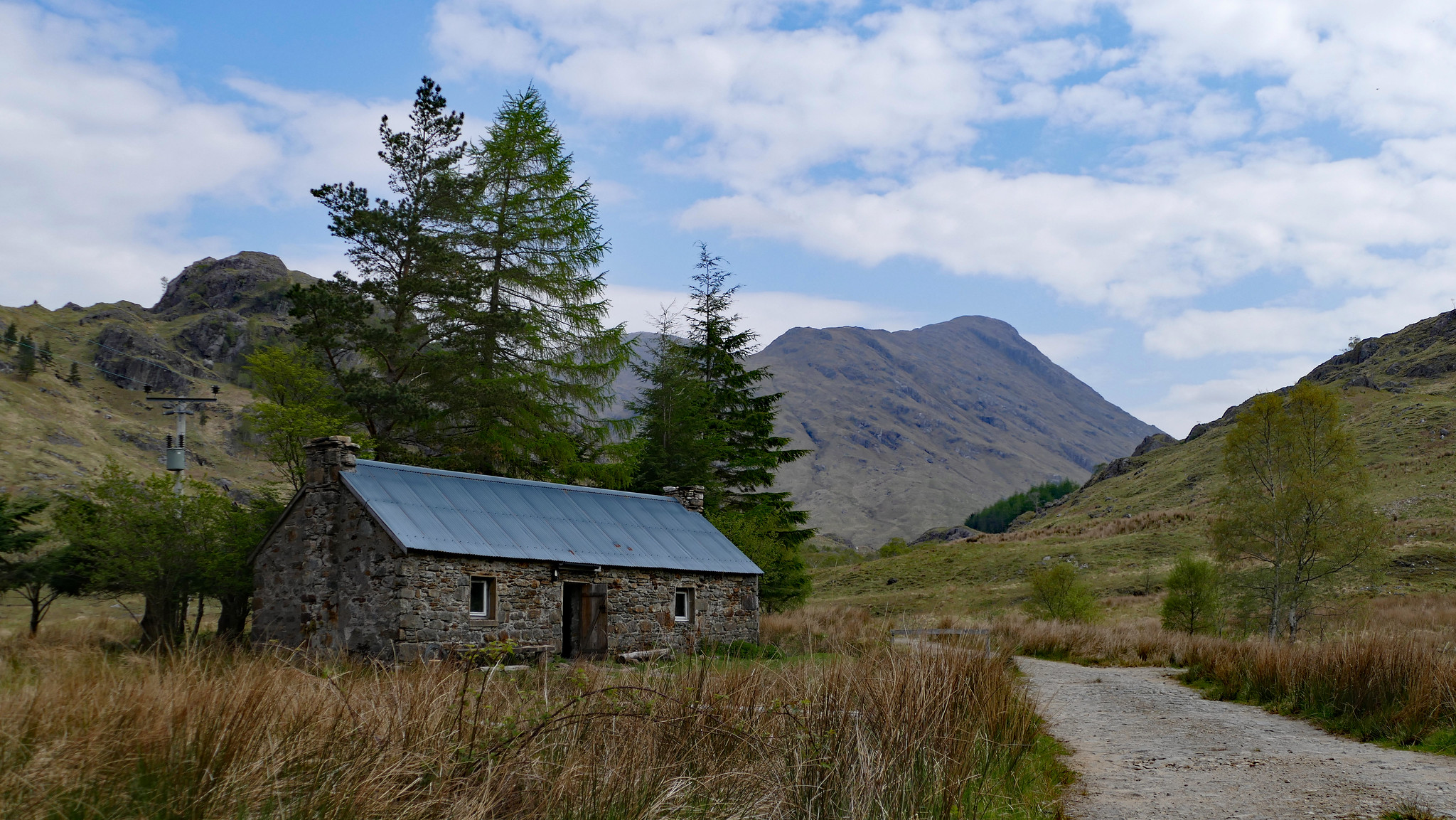
Were there any authors or books in particular that inspired you when you set out to write Bothy?
There’s a real mix of things that shaped my writing, as I am sure is the case for any writer, but one of the things I most enjoyed in the process was taking inspiration from an eclectic mix of authors and books. Too many to name, but I’ll give a flavour. Nature and travel writing has always felt like such an obvious go to. I remember my mum introducing me to Patrick Leigh Fermor’s A Time of Gifts when I was younger and his combination of learned observation and vivid writing about the world captivated me. Other travel writing like Steinbeck’s Travels with Charley always spoke to me. As for more recent nature/travel writers, I love Cal Flyn’s work, Rebecca Solnit, Judith Schalansky’s books, and Nick Hayes’ Trespass, and I have immersed myself in environmental writing from so many people. To name a few – Robin Wall Kimmerer, Anna Tsing, Kathleen Jamie, Robert Macfarlane, and Andri Snær Magnason.
But there were also personal elements to the book, and so when I was thinking how you deftly discuss your life and its meaning, it was to writers such as Deborah Levy, Amy Liptrot and Helen Macdonald that I turned. Fiction and literature shaped the work, too, novels like The Overstorey or Ursula Le Guin’s novels, short stories and essays. And I’ve always loved poetry, though I am not sure I am bold enough to write it for others – although, who knows? – and countless collections sit on my shelf, from Edna St. Vincent Millay to Alice Oswald, Rainer Maria Rilke to Liz Berry.
At the heart, too, I have always drawn inspiration from my academic background and academic writers, mainly historians and archaeologists, for example Natalie Zemon Davis, Tim Ingold and Jane Bennett, but also philosophers. If you don’t know Timothy Morton’s book Dark Ecology, then I highly recommend it. I also always looked to those whose work is accessible beyond the world of scholarly writing. I was given a great lesson in that by my academic mentor Lyndal Roper, a historian of sixteenth-century Germany, and at the back of my mind was always the sensitive, layered, textured approach she had to writing about past lives.
People find solace and healing in all sorts of activities and all manner of things. Why do you think bothies were the thing that helped you at a time when you needed it?
It was a particular mix of things that made bothies so meaningful for me. I’d not been to Scotland much before Cadderlie, so part of it was being able to spend time outdoors and simply be active in beautiful landscapes. I grew up in Shropshire, so especially when I went to the Welsh bothies it felt like I was rekindling a connection to the younger version of myself. But they also stirred the historian’s interest in me because in the bothies there are visitor books which are left for anyone to sign, and these are a startling, intriguing record of ordinary lives. Given the chance to write a poem, draw a doodle or write out a life history, most people do. I’ve worked so often with archival documents that give hints of past lives and material histories of human stories that these felt like such a rich source.
I felt an immediate connection to the people on these pages. And I loved that, because bothies arrived in my life at a turning point, when I needed that connection. It was a funny, difficult time personally for me when I found bothies. I was struggling with what direction to take, and I am not going to lie, the previous decade had been dark, difficult, and filled with depression and anxiety. On the outside everything looked great. I was doing really well in my academic career, I was living in London in Hammersmith, I was competing in, and winning, BJJ tournaments all over the world. But underneath was a bone-deep exhaustion. The long aftermath of a divorce and then the trauma of a difficult, fractious, toxic relationship had taken its toll. I found bothies as I came out of that. I entered a new relationship and prised myself away from the life that was making me unhappy, I loved some of the anonymity yet intimacy that bothies gave – you never know who’s going to be there which produces a strange kind of bond with fellow travellers- and the respite they provided from normal rhythms of life was welcome. You have to lead a pretty simple life with only camping gear and what you carry with you, even if that retreat into plain living is a manufactured choice.
This process for me wasn’t sudden and revelatory. One thing I talk about in the book is that you don’t just go out into nature and find a cure. But there’s little doubt that the company of the living world (and finding time for connection, consideration, and above all perhaps, play) is soothing and healing. Everyone’s bothy experience will be different but for me, in these places, I was able to reshape myself after a difficult decade as someone who was once again creative, outdoorsy, adventurous, a nature lover, kind to others- someone who was happy.
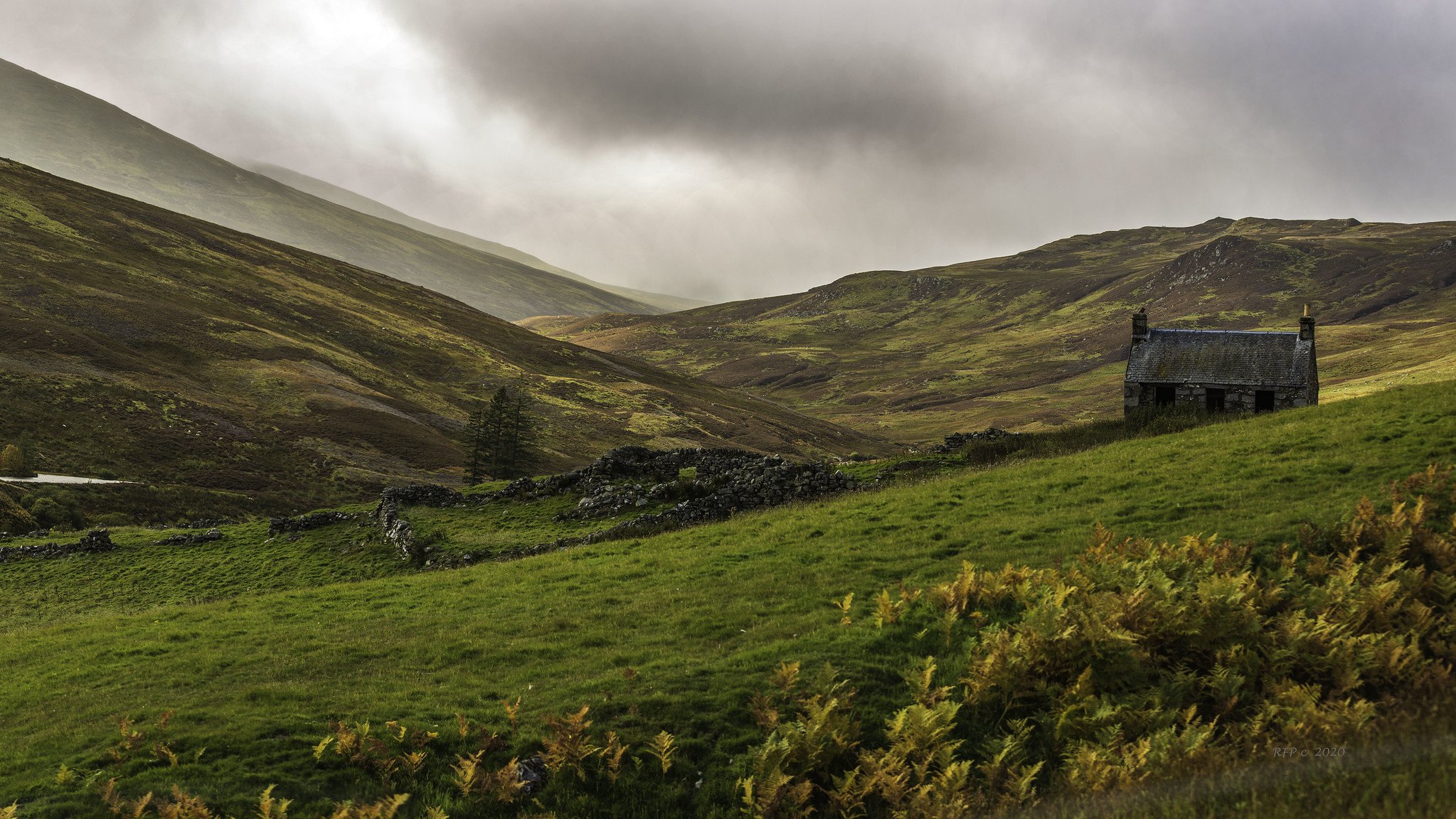
Do you think that technology and social media have changed the bothying experience?
For example, now you can discover the details and locations of individual bothies online and then use a GPS to find your way there with ease. I never knew bothies before they were on Google maps, blogs and Instagram, so that’s always been my experience of the bothy world. But it’s certainly easier to find them now than it was in the 1970s or 1980s. It’s a different world, but I guess the key question for lots of bothy users is whether that alters or fundamentally destroys the bothy experience. Some would say yes, and I understand the frustration. Influencer posts about the same tourist spots in the world are wearying. And there is a very important debate to be had about responsible access to landscapes and environments, or the damage we can do as tourists. Working as I do in the rewilding sphere part of the time, I am often at the sharp end of these conversations about the tensions between human and non-human interests in a place, local and non-local needs.
However, I also don’t think that all of the online stuff is bad in the bothy world. To survive, they need to be used and a new generation is part of that. Bothies are rooted in the desire for access to the countryside and in the working class ‘revolution’ for leisure and recreation in the hills that followed World War One. Expensive hotels and fancy tours were out of reach for working young men and women who suddenly had a bit more time for leisure, but bothies were free. So I find the private club notion of bothies, of pulling up the ladder after you, more than a little problematic as it seems to go against the idea of access and the right to roam.
Some bothies have shut due to claims of overcrowding and parties – though I have never really seen raucous behaviour myself – but it’s all too easy to blame people without a voice as the culprits. Without labelling all landowners as evil either, this is really a debate about rights to the outdoors, access and how we develop responsible, caring relationships to landscapes. I think bothies can be part of that.
Some bothies remain secret and I, for one, am not going to plaster them over the internet. But I have seen so many young people with a copy of Geoff Allan’s Bothy Bible in hand, loving the outdoors, and that makes me happy. I am sure information sharing has changed the experience of bothying but nothing is ever static in the world. Indeed, perhaps it’s a particularly human thing to be nostalgic for the moment just past, to get misty eyed about days gone by, rather than live in the present moment and to enjoy that for what it is. It makes me think of a line from an Office US episode from Andy Bernard: ‘‘I wish there was a way to know you’re in the good old days before you’ve actually left them.’
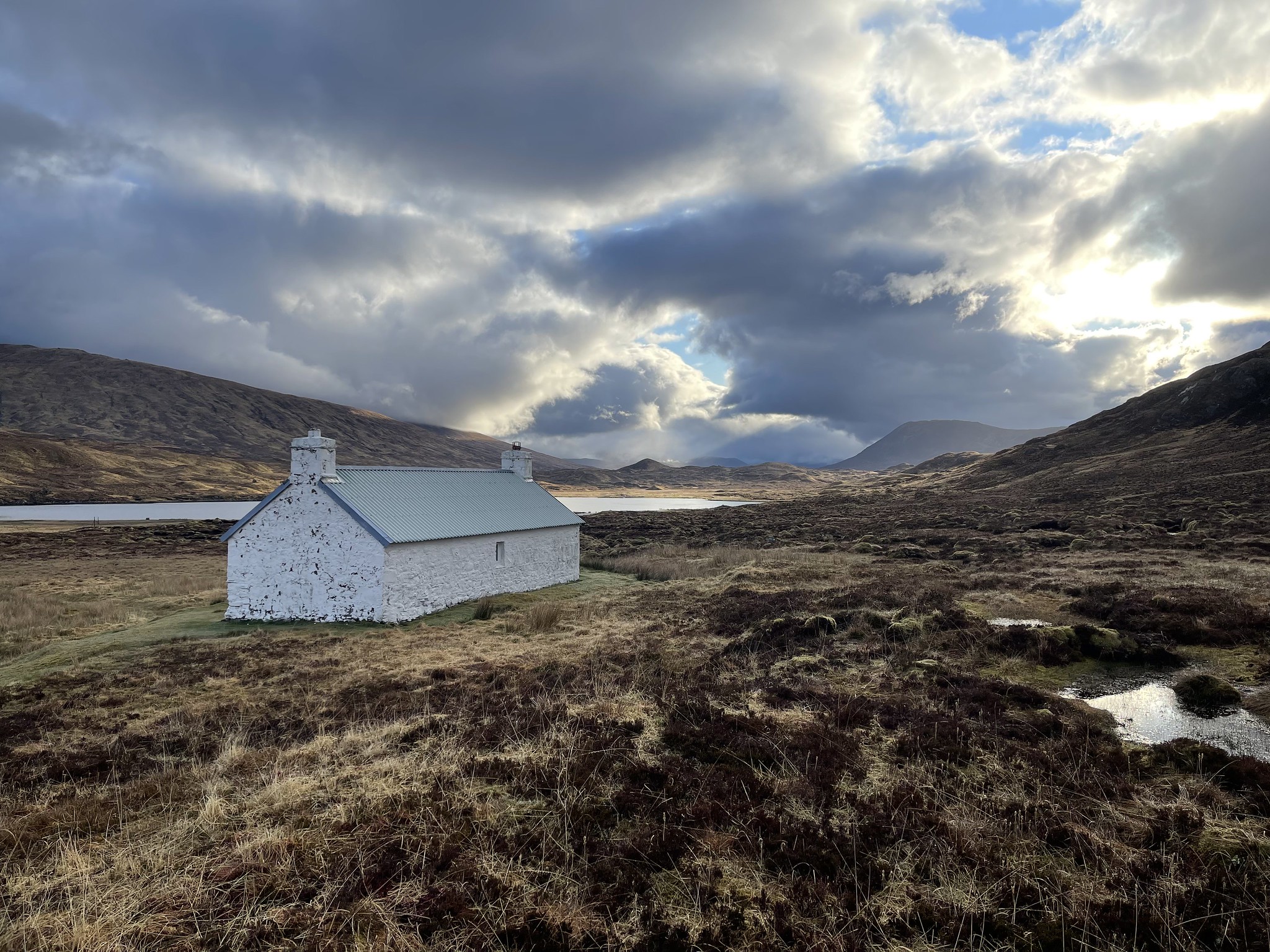
How important do you think isolation is to the spirit and experience of the bothy?
There’s a really touching story, I talk about in the book which comes from a bothy visitor book entry. A man has returned to a bothy which he used to come to with his wife, their last trip of such a kind before she died of cancer. For him, as for so many others, the bothy may be relatively remote and cut off from some of the comforts of modern life but it’s not isolation per se that makes it special. It’s fellowship, companionship, love. Of course, there is a kind of isolation. But isolation from what is the key, as it’s not from people and places in a secluded wilderness, often quite the opposite as you will normally meet a new acquaintance. Some people do love being in a bothy alone and I have had delightful, quiet evenings by myself or with just a friend, but also plenty of entertaining nights with strangers.
But even when you are alone, you aren’t really isolated because you are connected to the place around you, from the bothy mouse to the howling wind, to bellowing stags to querulous birds. Besides, bothies only exist because these were, and are, lived, worked landscapes. To imagine you are in an isolated wilderness is to do them a disservice.
What do you think the future holds for bothies? Will they forever be old stone buildings, or will they evolve to include less traditional and/or newly built structures?
I’d say bothies already are evolving in new ways and there are some new MBA bothies opening up, more cottages reclaimed and restored. I’d like to think there will always be stone bothies withy smoky walls and wooden floors because they have given me so much. But the bothy idea has been taken in many different directions: such as artistic residencies run by Bothy Project, or the wonderful Taigh Whin bothy and house run by partners Sarah MacLaren and Sophie Howarth, which offers low-cost holiday accommodation for people working for the common good – carers, community workers, teachers. This place (the house of gorse, it means) is a beautiful reimagining of the idea of shelter and connection in a bothy.
And then there’s the luxury tourism bothy which is pretty far away from a traditional bothy, but I guess in some ways draws on the ideas of simplicity and shelter. The idea of a hut, a shelter, a shieling is malleable and changing but also speaks to a basic need for refuge or rest. So, the idea continues to have power, increasingly so perhaps in a fractured and complex world. And there’s a future to the bothy there, not just a past. The delicate balance of past and present is at the heart of bothy life, the retreat from modernity whilst knowing that this retreat is in some way dependent on the contrast the simple life provides with the contemporary. If there was no city or phone signal to escape from then I think bothies would be a whole different prospect.
That’s why I think there’s a future for humble bothies of the stone wall variety, alongside the fancier versions, as they have lessons to give us about what matters. They ask us to question what we need, what makes us happy, and what we can do without.
Finally, what is occupying your time at the moment (professionally and/or personally)? And can we expect more books from you in the future?
Life has been really busy, professionally and personally. I’ve just moved to Skye so I am enjoying settling into the new house: filling up bird feeders, painting walls and walking to the beach. In between writing and reading, I have a part time role as a community engagement co-ordinator for Highlands Rewilding so I have been learning more and more about the practical implications of changing land use, climate change and the delicate balance between people and places.
I don’t think I can ever imagine not writing though, so there’s plenty of scribbling too, some articles and grant pitches but also new book ideas. There will definitely be another book! Having moved about 15 times in ten years, it’s wonderful to have a home again and that’s starting to shape my writing too. When I was working in academia, I did a tonne of research on Amish and Mennonite migrations, so maybe there will be something about home and finding our place in this world.
I am also embarking on a multiyear interdisciplinary project with photographer Nicholas J R White on places of shelter and refuge across the world, places where people stay for a short while. We’ve just got back from the Shiant Isles in the Minch, a beautiful place. Soft in summer, I imagine, but we were there at the time of the season’s changing when there’s still harshness in the air, winds cold, seas wild and sun shining. It’s already provided lots of food for thought. I am also out in the US later this year for a fellowship at the IAS at Princeton, so I might find my way up to some fire lookouts à la Gary Snyder and Jack Kerouac.
So, lots to keep me busy. Life is starting to settle again. I am in a happy place, surrounded by loving people. And I might even start some BJJ classes again.
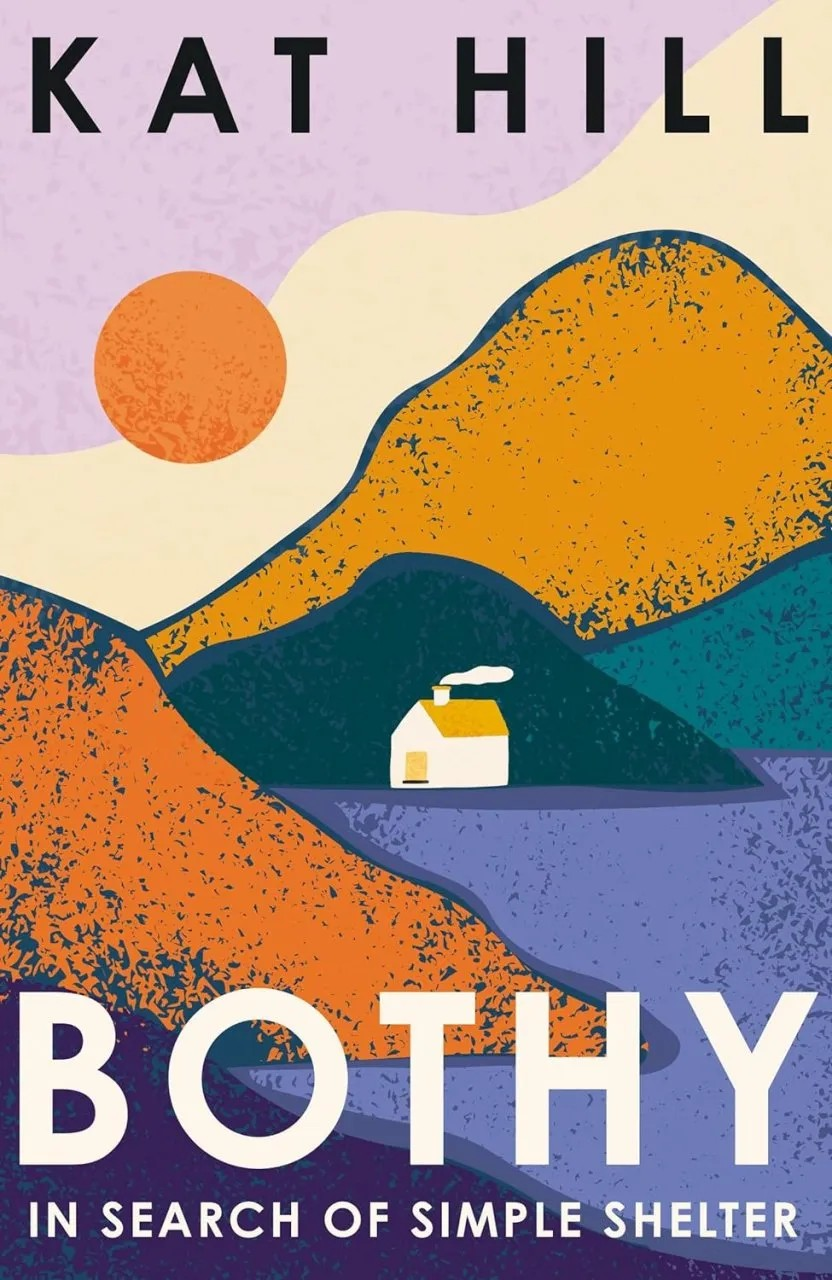
Bothy is published by William Collins and is available to pre-order from our bookstore.

